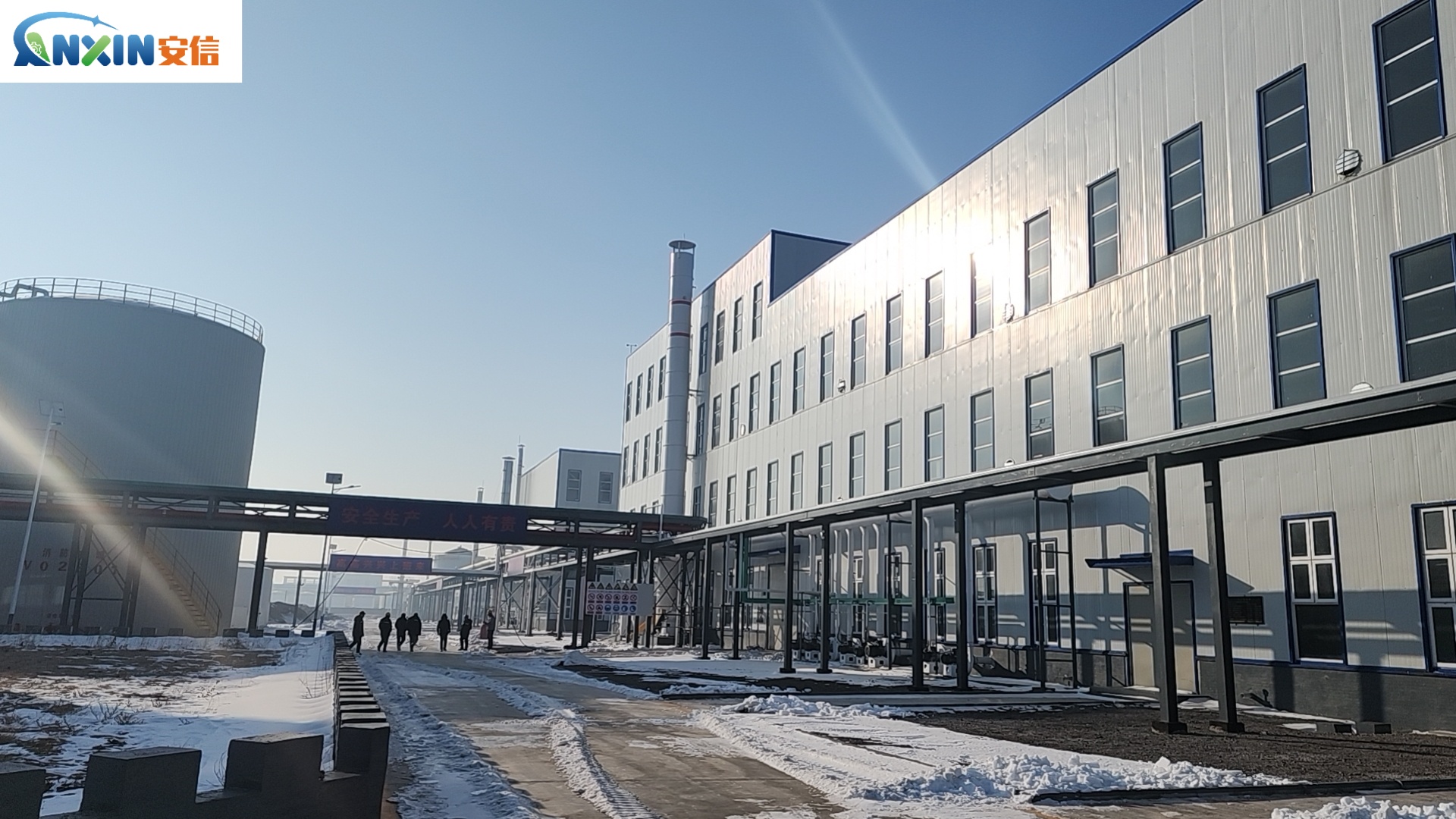Effect of Hydroxyethyl Cellulose on Waterborne Coatings
Hydroxyethyl cellulose (HEC) is a widely used additive in waterborne coatings due to its versatility and effectiveness in enhancing various properties.
1. Rheology Modification:
HEC is commonly employed as a rheology modifier in waterborne coatings. By adjusting the concentration of HEC, it is possible to control the viscosity and flow behavior of the coating material. This is crucial for applications such as brushability, sprayability, and roller coating. HEC imparts pseudoplastic behavior to coatings, meaning that viscosity decreases under shear, facilitating application, while maintaining good sag resistance once the shear force is removed.
2. Thixotropy:
Thixotropy is another important property in coatings, referring to the reversible shear thinning behavior. HEC imparts thixotropic properties to waterborne coatings, allowing them to thin under the influence of shear during application, ensuring smooth spreading, and then thickening upon standing, which prevents sagging and dripping on vertical surfaces.
3. Stability:
Stability is a critical aspect of waterborne coatings, as they must remain homogeneous during storage and application. HEC contributes to the stability of coatings by preventing pigment settling and phase separation. Its thickening effect helps suspend solid particles evenly throughout the coating matrix, ensuring consistent performance over time.
4. Film Formation:
HEC can influence the film formation process in waterborne coatings. It acts as a film-forming aid, improving the coalescence of polymer particles during drying. This results in the formation of a continuous, uniform film with enhanced adhesion to the substrate. Additionally, HEC can reduce the tendency of coatings to crack or blister upon drying by promoting proper film formation.
5. Water Retention:
Waterborne coatings often contain volatile components that evaporate during drying, leading to shrinkage and potential defects in the coating film. HEC helps retain water within the coating formulation, slowing down the drying process and promoting uniform evaporation. This enhances film integrity, reduces shrinkage, and minimizes the risk of defects such as pinholes or cratering.
6. Adhesion and Cohesion:
Adhesion and cohesion are crucial properties for the performance of coatings. HEC improves adhesion by promoting proper wetting and spreading on the substrate surface, ensuring intimate contact between the coating and the substrate. Moreover, its thickening effect enhances cohesion within the coating matrix, resulting in improved mechanical properties such as tensile strength and abrasion resistance.
7. Compatibility:
HEC exhibits good compatibility with a wide range of coating formulations, including acrylics, epoxies, polyurethanes, and alkyds. It can be easily incorporated into waterborne coatings without causing phase separation or compatibility issues. This versatility makes HEC a preferred choice for formulators seeking to enhance the performance of their coatings.
8. Environmental Benefits:
Waterborne coatings are favored for their lower environmental impact compared to solvent-based alternatives. HEC further contributes to environmental sustainability by enabling the formulation of coatings with reduced levels of volatile organic compounds (VOCs). This helps coatings manufacturers comply with regulatory requirements and meet consumer demand for eco-friendly products.
hydroxyethyl cellulose offers numerous benefits to waterborne coatings, including rheology modification, thixotropy, stability, film formation, water retention, adhesion, cohesion, compatibility, and environmental sustainability. Its versatile properties make it a valuable additive for achieving desired performance characteristics in waterborne coatings across various applications.
Post time: Apr-17-2024
